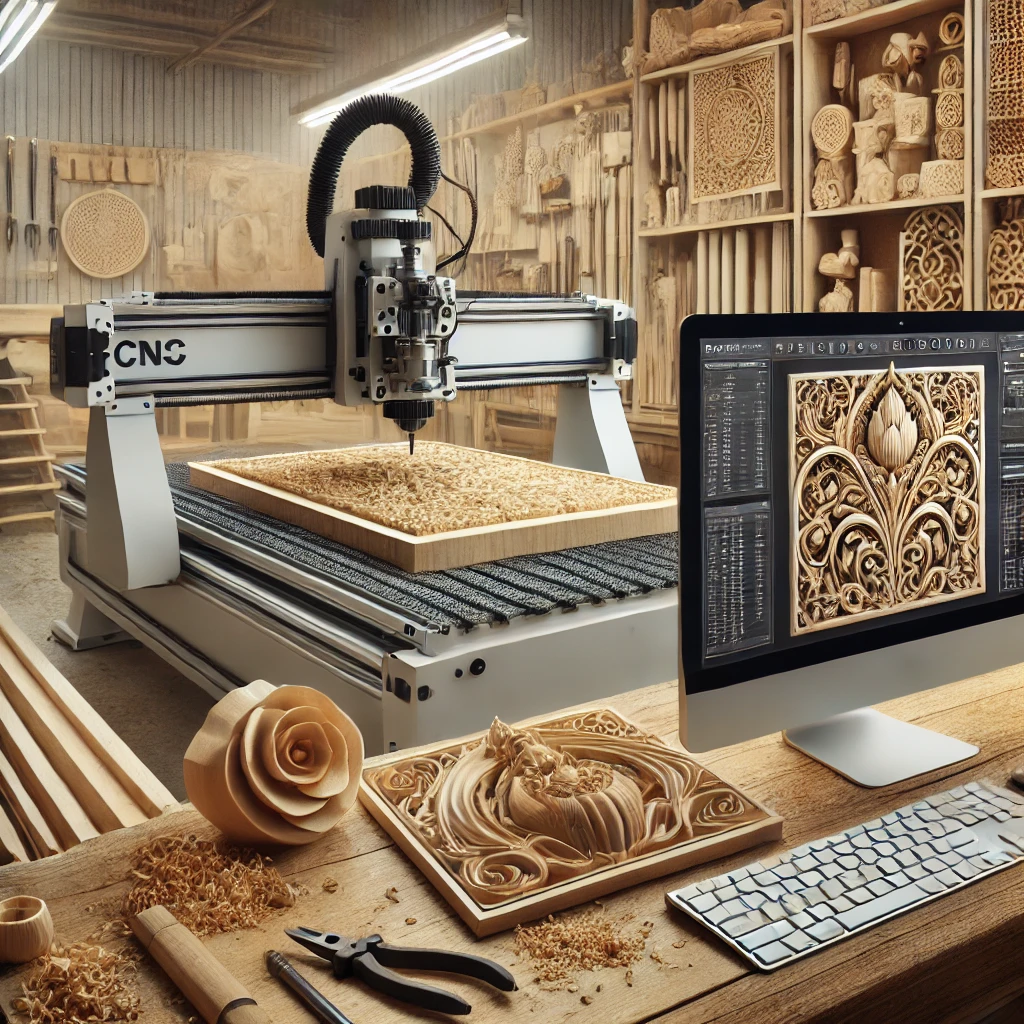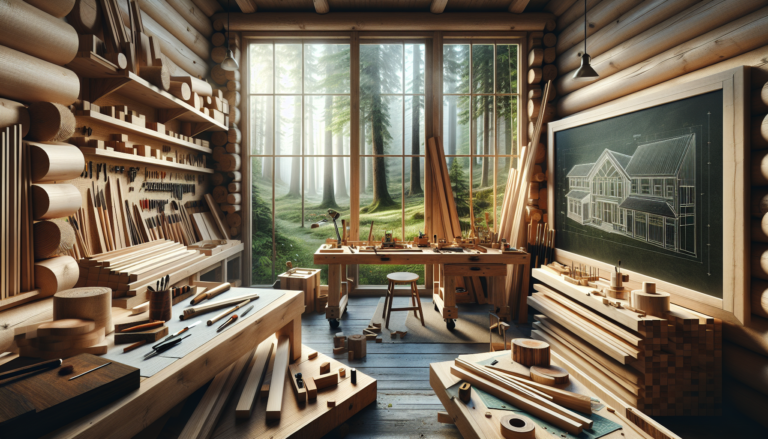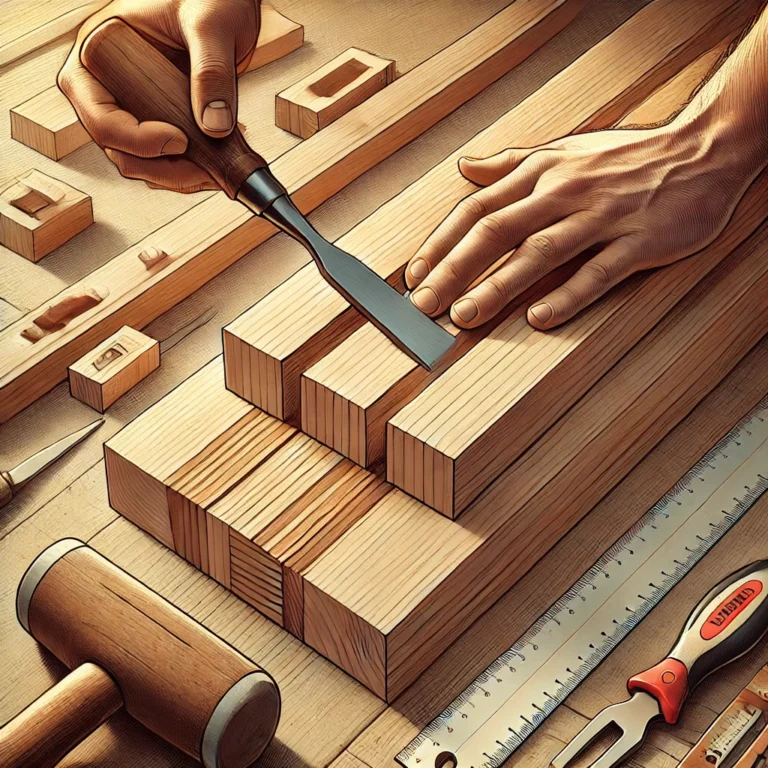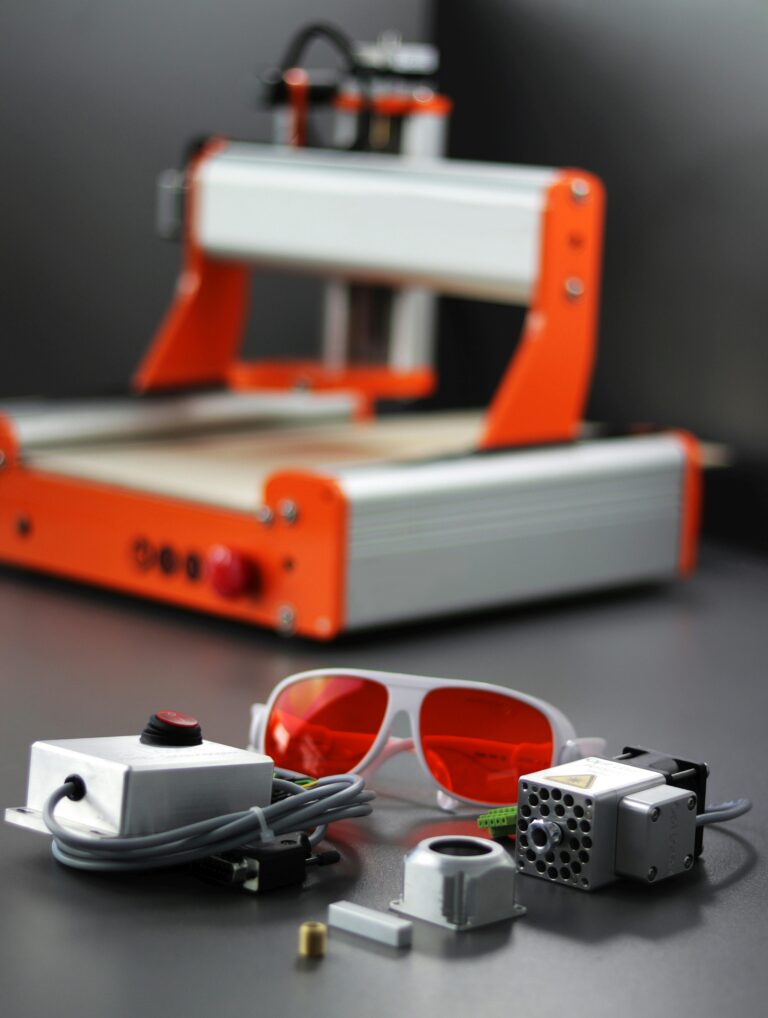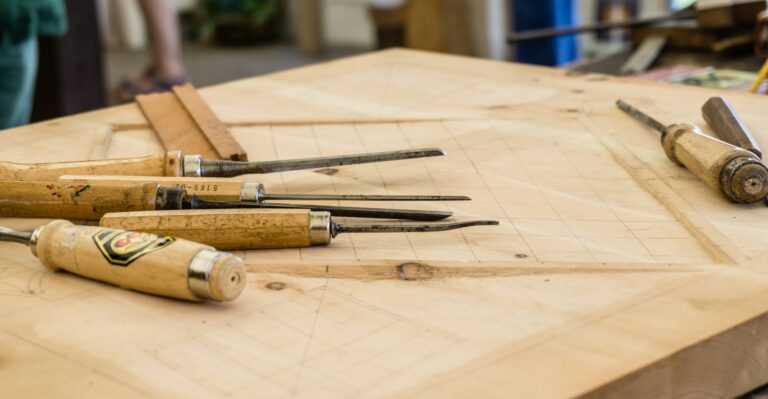Best Woodworking CNC Software for Precision and Efficiency in 2024
Introduction:
In today’s fast-paced woodworking world, precision is key—and nothing delivers precision like CNC software! If you’re passionate about woodworking and want to elevate your craft, mastering CNC software can make a huge difference. Whether you’re creating intricate designs or cutting simple patterns, the right software ensures flawless execution. Did you know that over 80% of professional woodworkers use CNC machines for their custom projects? That’s because CNC technology not only speeds up production but also opens up creative possibilities. So, whether you’re a beginner or a seasoned woodworker, finding the best woodworking CNC software for your needs can make all the difference. Let’s dive into the top software options, key features to look for, and how you can get started today!
What to Look for in Woodworking CNC Software
When selecting CNC software, understanding the features that cater specifically to woodworking is critical. One of the top considerations is user-friendliness, especially for beginners transitioning from manual woodworking. Intuitive interfaces that provide drag-and-drop functions or clear toolpaths can streamline your learning process. Additionally, advanced features like customizable toolpath options and the ability to handle intricate 3D designs are must-haves for seasoned pros. Accuracy is non-negotiable—software that allows precise calibration and control of cutting tools ensures your designs are executed exactly as envisioned.
Another important factor is compatibility. Some
are only compatible with certain software platforms, so check this before making a purchase. Furthermore, features like material libraries can enhance your workflow by providing pre-set cutting parameters for different wood types. Also, consider if the software offers support for both 2D and 3D designs. The ability to easily switch between different design views will help you bring complex projects to life. Overall, whether you’re crafting a one-off custom piece or scaling up production, investing in the right CNC software will save time, reduce errors, and significantly improve the quality of your output.
Top Woodworking CNC Software Options in 2024
Choosing the right software can be overwhelming, but let’s break down some of the best woodworking CNC software available in 2024. First up is VCarve Pro, one of the most popular choices among both hobbyists and professionals. It offers a wide range of features, including 2D and 3D modeling, custom toolpath creation, and even nesting capabilities for maximizing material usage. Its intuitive interface makes it a go-to option for those new to CNC woodworking.
Next is Fusion 360, a cloud-based software that stands out for its versatility. It combines CAD (Computer-Aided Design), CAM (Computer-Aided Manufacturing), and CAE (Computer-Aided Engineering) functionalities. This makes it ideal for more complex projects that require both design and manufacturing capabilities. Its parametric modeling tools enable you to create highly intricate designs with ease, making it a strong option for advanced users.
Another excellent option is Carbide Create, a free, easy-to-use software that’s perfect for beginners. While it may not have all the advanced features of premium software, it’s more than sufficient for basic woodworking projects. If you’re looking to test the waters before committing to a more expensive tool, this is a great starting point. Finally, Aspire is another high-end option that allows for advanced 3D modeling and is specifically designed for detailed carving projects. It’s ideal for professionals looking to produce highly detailed, artistic pieces.
2D vs. 3D Capabilities: What’s Best for Your Project?
One of the key decisions you’ll make when selecting CNC software is whether you need 2D or 3D design capabilities. While 2D software is often more accessible and easier to use, it may limit your creativity for more complex woodworking projects. 2D CNC software allows you to create flat designs—perfect for simpler projects like signs, plaques, or furniture parts. VCarve Pro and Carbide Create are excellent examples of CNC software that shine in 2D design but also offer basic 3D features if you want to experiment.
On the other hand, 3D CNC software is essential if you’re looking to carve out intricate, multi-dimensional designs such as sculptural pieces or custom wood engravings. Software like Aspire and Fusion 360 excels in this area, providing sophisticated modeling tools that allow for complete control over the design’s depth, height, and angles. 3D capabilities are indispensable for complex projects, but they do come with a steeper learning curve. That said, most advanced CNC software provides tutorials and customer support to guide you through the process. Ultimately, whether you choose 2D or 3D capabilities depends on your woodworking goals. For beginners, starting with a 2D design might be the best way to get acquainted with CNC technology before diving into more complex territory.
How CNC Software Enhances Efficiency in Woodworking
Time is money, especially in woodworking, where each cut and carve needs to be precise. CNC software can significantly enhance your efficiency, whether you’re a hobbyist or a full-time craftsman. The most immediate advantage is automation. Once you’ve created your design and set your toolpaths, the machine takes care of the rest. No more second-guessing or manually adjusting your cuts. CNC software can process complicated designs much faster than hand-drawn plans, meaning you can produce more work in less time without sacrificing quality.
In addition, CNC software often comes with features like toolpath optimization, which minimizes waste and maximizes material use. This is especially helpful for larger projects where material costs can add up. Another key feature is the ability to save and reuse design templates. If you’re working on repetitive jobs, this feature can save you countless hours in the design phase. Many software programs also offer real-time simulation so that you can visualize how your design will come out before you even make the first cut. This reduces the likelihood of mistakes and saves both time and material. For those running a small woodworking business, CNC software can streamline production, allowing you to meet customer demands more efficiently while maintaining high quality.
Tips for Choosing the Right CNC Software for Beginners
If you’re just starting your woodworking CNC journey, choosing the right software can feel daunting. But don’t worry! The key is to find a balance between user-friendliness and the features you need for your projects. First, consider software that offers an easy learning curve. Carbide Create is a great entry-level option due to its simple interface and free access, making it perfect for hobbyists. Look for software that offers tutorials and customer support, as these resources can be invaluable when learning the ropes.
Another tip is to start with 2D design capabilities before jumping into 3D modeling. This allows you to build a solid foundation and gradually introduce more complexity into your projects. Also, think about the types of projects you’ll be working on. If you’re primarily creating flat designs, stick to 2D software. However, if you’re planning to explore more intricate carvings, opt for software that offers both 2D and 3D features, like VCarve Pro or Fusion 360. Also, pay attention to compatibility with your CNC machine. Some software works better with specific machines, so double-check before purchasing to avoid issues down the line.
Conclusion:
Finding the best woodworking CNC software for your needs is crucial to elevating your craft, whether you’re a beginner or a seasoned professional. With a variety of options like VCarve Pro, Fusion 360, and Carbide Create, there’s something for everyone—whether you’re just getting started or tackling complex projects. Take your time to consider the features, project requirements, and ease of use before making a decision. CNC technology not only enhances precision but also saves time, reduces errors, and opens the door to more intricate woodworking designs. Ready to take the leap? Explore the world of CNC woodworking and watch your craftsmanship reach new heights!
